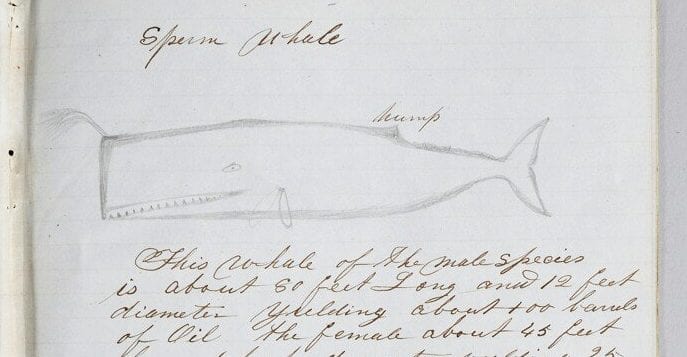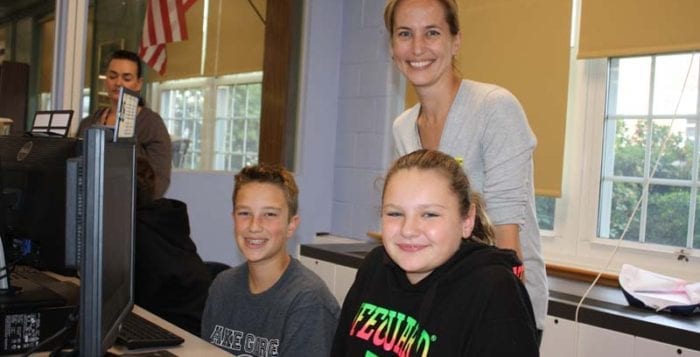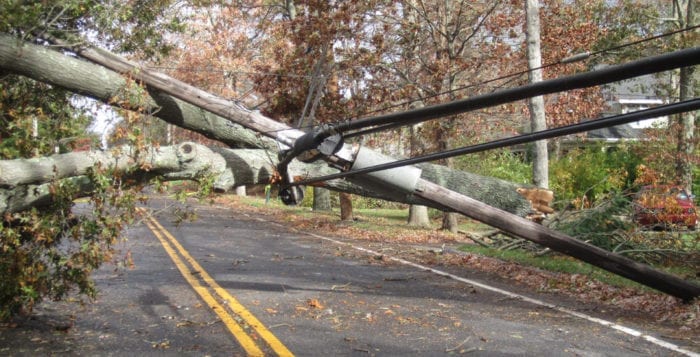The shots fired in a Florida high school last week are ringing out across Suffolk County.
Immediately following the Feb. 14 shooting at Marjory Stoneman Douglas High School in Parkland, Florida, that left 17 students and faculty members dead, Suffolk County school district officials began to batten down the hatches and inform residents that preparations are in place if an active shooter situation were to occur closer to home.
MOUNT SINAI
Since news of the shooting broke last Wednesday, Mount Sinai Superintendent Gordon Brosdal said he and other administrators and members of the board of education have been thoroughly discussing, evaluating and prioritizing security upgrades across the district’s three buildings to make its existing emergency preparedness plan even safer. He said residents will see upgrades sooner rather than later.
“These are tense times now, and the safety of students and staff is paramount,” Brosdal said. “We’ve been fortunate in the past, but you can’t take anything for granted anymore.”
“These are tense times now, and the safety of students and staff is paramount.”
— Gordon Brosdal
Some of the upgrades currently being considered include the installation of more security cameras in each building in the district; security films for all windows that deter attackers from gaining access to a building via shooting through glass, buying students, teachers and staff more time to escape in the process; the implementation of identification badges for school staff and different-colored lanyards to be worn in each building to pinpoint outsiders; the hiring of retired law enforcement personnel inside the elementary, middle and high schools — currently the district has two outdoor security guards who monitor traffic entering and exiting the school grounds; and a better monitoring system on the district’s entranceway alongside Route 25A.
“We are having real, hard discussions about this,” Brosdal said. “We also fielded calls from parents last week.”
The district’s existing emergency operations plan, Brosdal said, includes lockdown drills, evacuation procedures and relocation of students from one school to another in emergency situations.
He added that, at Mount Sinai, all visitors must enter the buildings through a security vestibule and are required to show identification and state a reason for entering the building.
He said each building in the district is equipped with the School Active Violence Emergency hotline, an emergency notification system rolled out by Suffolk County in 2013 in response to the shooting at Sandy Hook Elementary School in December 2012. With the push of a button, the phone systems are programmed to automatically bypass normal communication channels and immediately dial the county police 911 center supervisor. The program displays the school’s location and initiates an immediate dispatch to the nearest available emergency responders.
According to Suffolk Legislator Sarah Anker (D-Mount Sinai), who helped launch the system, only 34 out of 70 school districts are equipped with it. However, she hopes that changes in light of the latest tragedy.
“When they send a child to school after events like this, parents feel helpless — they have no control over what happens to their child throughout the day and have no choice but to rely on school and law enforcement security,” Anker said. “So, by working together, this program creates a stronger network of security for students in the schools. As soon as that phone rings, within eight seconds, the response process begins.”
SHOREHAM-WADING RIVER
Over at Shoreham-Wading River Central School District, Superintendent Gerard Poole released a letter to parents the day after the Florida shooting, ensuring that “safety and security for our students, staff and visitors is a daily topic within our schools” and is the first agenda item at each administrative meeting.
“When we hear of these tragedies, we are reminded that our district’s preparedness for any emergency situation is of the utmost importance,” Poole said in the letter. “Each school conducts drills related to evacuation, lockdown and lockout. These drills are observed by our security team and assessed for improvements.”
“When we hear of these tragedies, we are reminded that our district’s preparedness for any emergency situation is of the utmost importance.”
— Gerard Poole
He added that this past summer, the district hired an outside security consultant firm to add an extra level of expertise to its plans, drills and overall preparedness.
In the Emergency Planning Information for Parents tab located on the district’s website, some of Shoreham’s security procedures are outlined: Outside doors are locked when school is in session; security guards are at each school, checking entrances to monitor the district’s access points and perimeters; all school visitors must obtain a pass; and school personnel are required to wear photo ID badges.
“On an ongoing basis, the district is reviewing its use of technology to further strengthen our security plans,” Poole said. “In addition, with the support of our security consultants, the district recently completed a security audit and developed a multipronged plan to further enhance the safety and security of our campuses.”
According to the district, unique variables are occasionally implemented into the drills, like a blocked exit, in order to present a more realistic scenario.
PORT JEFFERSON
“Although teaching and learning is our core mission, families, first and foremost, want to know that their loved ones are safe at school,” said Port Jefferson Superintendent Paul Casciano in a Feb. 15 email. He explained that, in preparedness for a similar situation, emergency drills are conducted regularly at the school, security guards are in place and cameras are installed throughout the district’s property. “We are working collaboratively with the Suffolk County Police Department to identify areas for continued attention moving forward.”
He also said that in the aftermath of the Florida shooting, discussions were held in classrooms for students and efforts will continue to be made to alleviate stress, anxiety and depression in them.
“Internally, we are working with students through a variety of programs and strategies to address their social-emotional health,” he said.
ELWOOD
Kenneth Bossert, superintendent of the Elwood school district, said while he is hesitant to make public any portion of the school’s full emergency preparedness plan, in an effort to shield tactics from the “bad guys,” the district does plan for all types of emergencies on a consistent basis. In cooperation with the Suffolk County Police Department, he said the district conducts a minimum of four scheduled drills per year.
“We’re all in this together.”
— Kenneth Bossert
On the night of the Florida shooting, Bossert made, what he called, a rather lengthy phone call to all parents to share this information and put minds at ease.
“We’re all in this together,” he said.
SMITHTOWN
For better protection against intruders, this school district is equipped with the Raptor Visitor Management System, a web-based monitoring software designed to track visitors and electronically check them against public databases, as well as exterior cameras for all its elementary buildings, according to Superintendent James Grossane. He also said each school building has access-controlled doors operated by a swipe card.
“I want to reassure you that we take school safety and security very seriously,” Grossane said in a letter to parents. “Our schools are a safe place. As a district, we continuously review and improve our districtwide Emergency Management Plan as needed to incorporate any new policies or improvements in security equipment. Additionally, all district staff undergo annual training on the emergency response plan, and students and staff participate in drills throughout the school year.”
Grossane included a website link for the National Association of School Psychologists, and the organization’s document “Talking to Children About Violence: Tips for Parents and Teachers” for students coping with the recent tragedy.
KINGS PARK
“Even though yesterday’s events seem far away from Kings Park, they are a frightening reminder of the importance of safety and the potential impact of senseless acts of violence.”
— Tim Eagen
Superintendent Timothy Eagen at nearby Kings Park school district also provided information from the NASP website to parents and informed them that psychologists and school counselors were available to students in the days following the tragedy.
In his letter, Eagen urged parents to speak with their children about the importance of reporting concerning activities they might see or hear from other students to adults, as many perpetrators of school shootings tend to leave clues leading up to their eventual rampages. These signs, he said, may include posts to social media relating to weapons, cruelty to animals or any reference to past tragedies, like Columbine.
“Even though yesterday’s events seem far away from Kings Park, they are a frightening reminder of the importance of safety and the potential impact of senseless acts of violence,” Eagen wrote in a Feb. 15 letter. “[But] while the world can sometimes seem out of control, schools are incredibly safe places where children experience security, normalcy, inclusion and connections to positive possibilities. As I have often said, the three pillars of Kings Park are: Pride, service and family. Our collective vigilance will help to ensure that Kings Park remains a safe place to live and raise a family.”


















